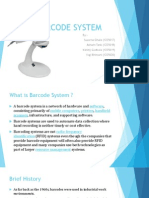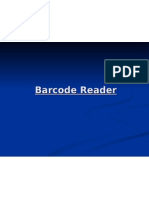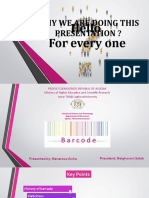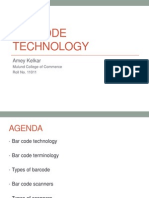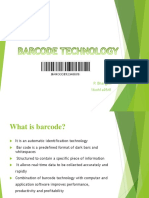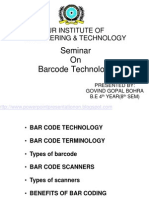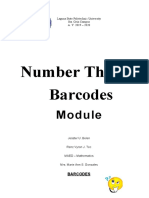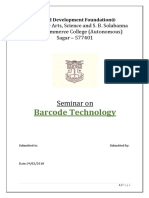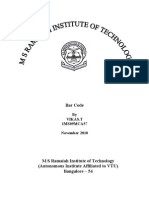Input and output devices.
Input devices
Barcode scanners (readers)
A barcode is a series of dark and light parallel lines of varying thickness.
The numbers 0 to 9 are each represented by a unique series of lines.
Various barcode methods for representing these digits exist. The
example we shall use adopts different codes for digits appearing on the
left and for digits appearing on the right of the barcode:
Each digit in the barcode is represented by bars of 1 to 4 blocks thick as
shown in Figure 3.15. Note there are different patterns for digits on the
left-hand side and for digits on the right-hand side.
Each digit is made up of 2 dark lines and two light lines. The width
representing each digit is the same. The digits on the left have an odd
number of dark elements and always begin with a light bar; the digits on
the right have an even number of dark elements and always begin with a
dark bar. This arrangement allows a barcode to be scanned in any
direction.
So what happens when a barcode is scanned?
» the barcode is first of all read by a red laser or red LED (light emitting
diode)
» light is reflected back off the barcode; the dark areas reflect little or no
light,
which allows the bars to be read
» the reflected light is read by sensors (photoelectric cells)
» as the laser or LED light is scanned across the barcode, a pattern is
generated, which is converted into digital data – this allows the computer
to understand the barcode
» for example: the digit ‘3’ on the left generates the pattern:
(where L = light and D = dark), this has the binary equivalent of: (where
L = 0 and D = 1).
Barcodes are most commonly found at the checkout in supermarkets.
There are several other input and output devices at the checkout:




